Maths in KS1
In Key Stage One, we teach to the objectives set out in the National Curriculum for Year One and Year Two. The following information offers an overview of the key concepts covered in Mathematics in Key Stage One.
Number and Place Value
In Years One and Two, children learn to read, write and order numbers to 100 and beyond. They work with a range of resources to develop their understanding of place value. At Ashfield Infant and Nursery School, we use manipulatives such as Numicon, bead strings and base 10 to support children in developing their understanding of place value.
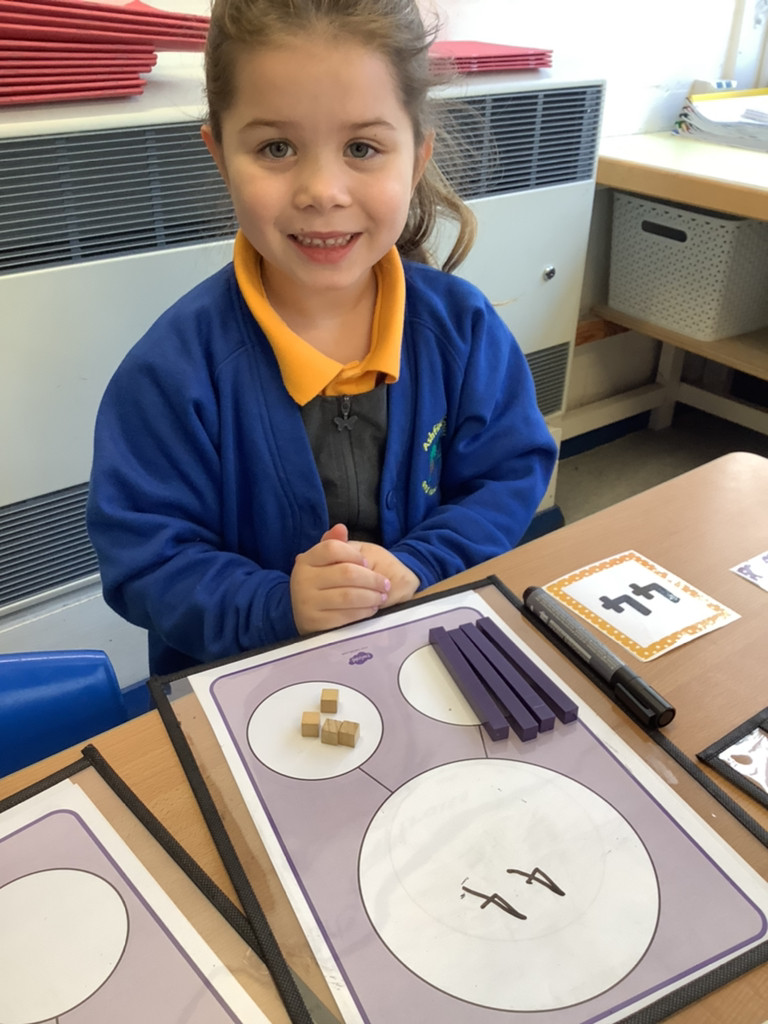

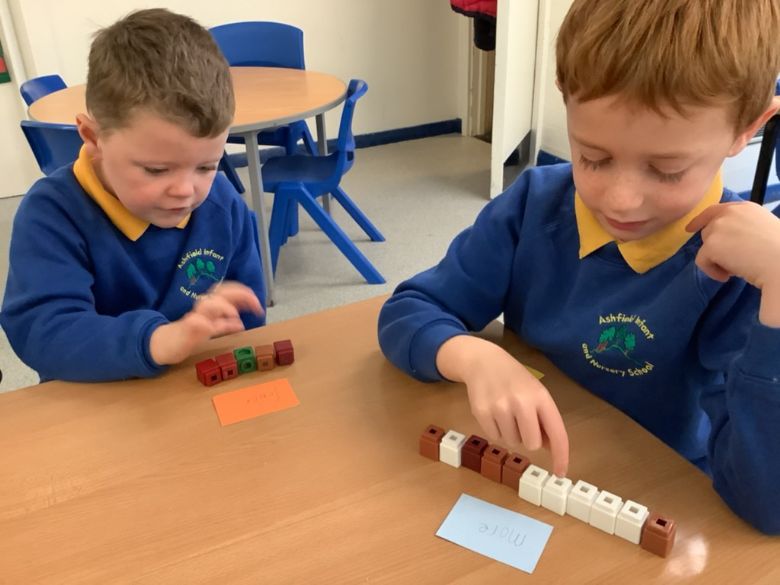

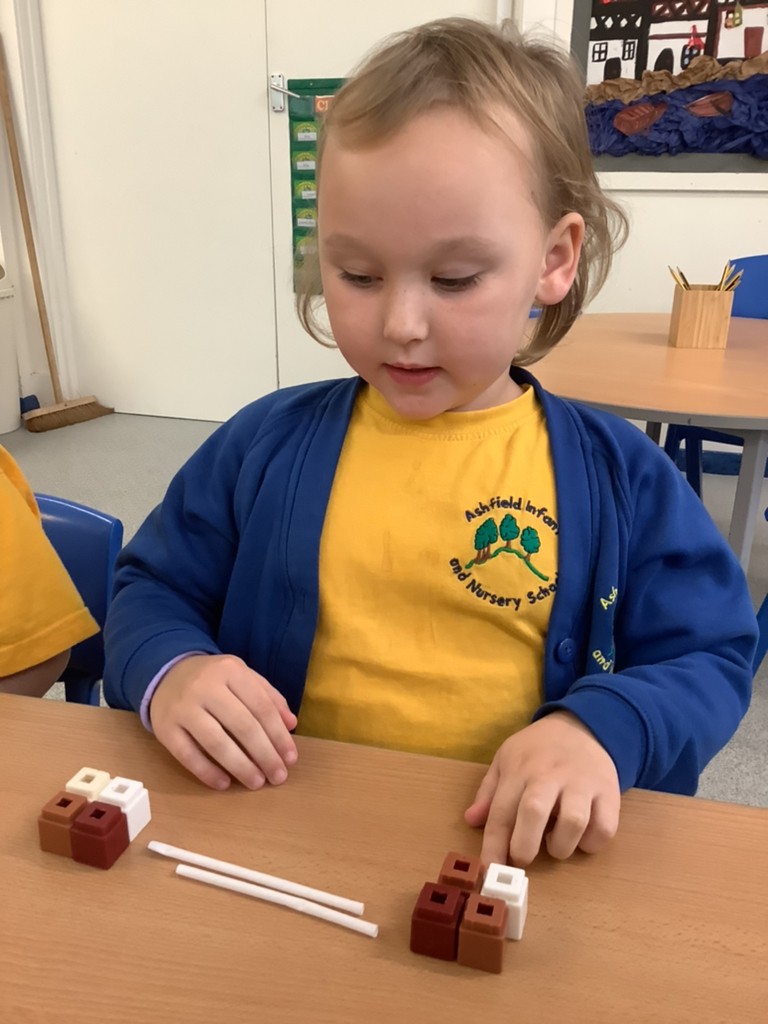

Addition and Subtraction
In Years One and Two, children are taught to read, write and interpret number sentences using the symbols +, - and =. Children use objects such as counters, number lines, pictures and mental strategies to help them to solve calculations.
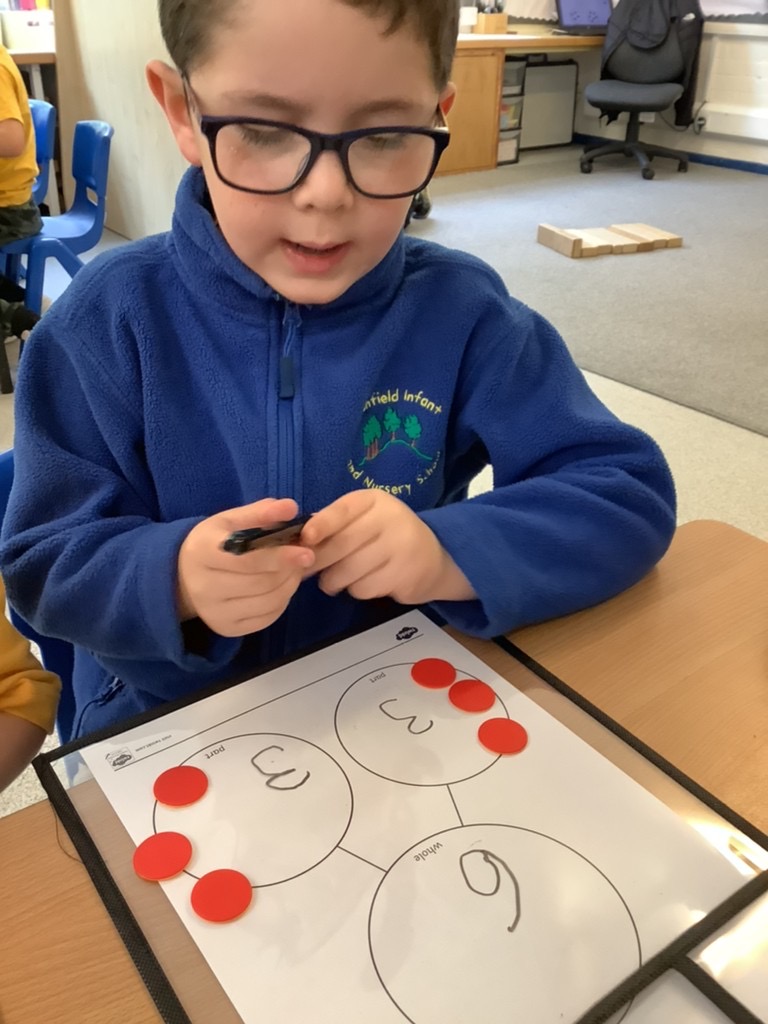
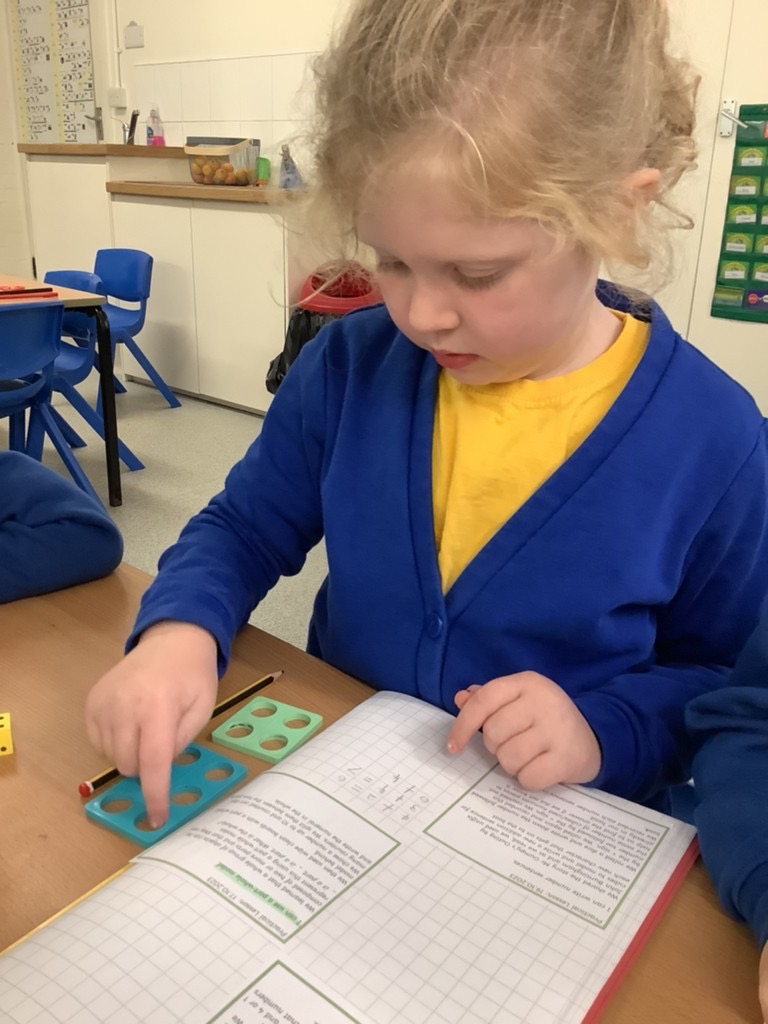
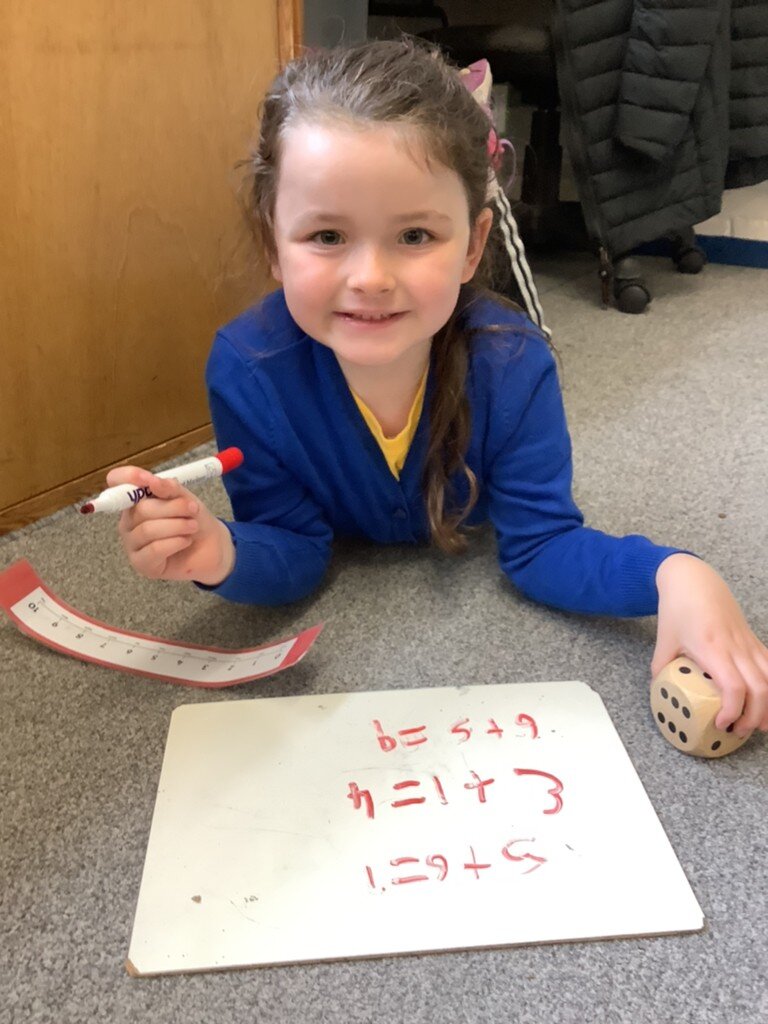

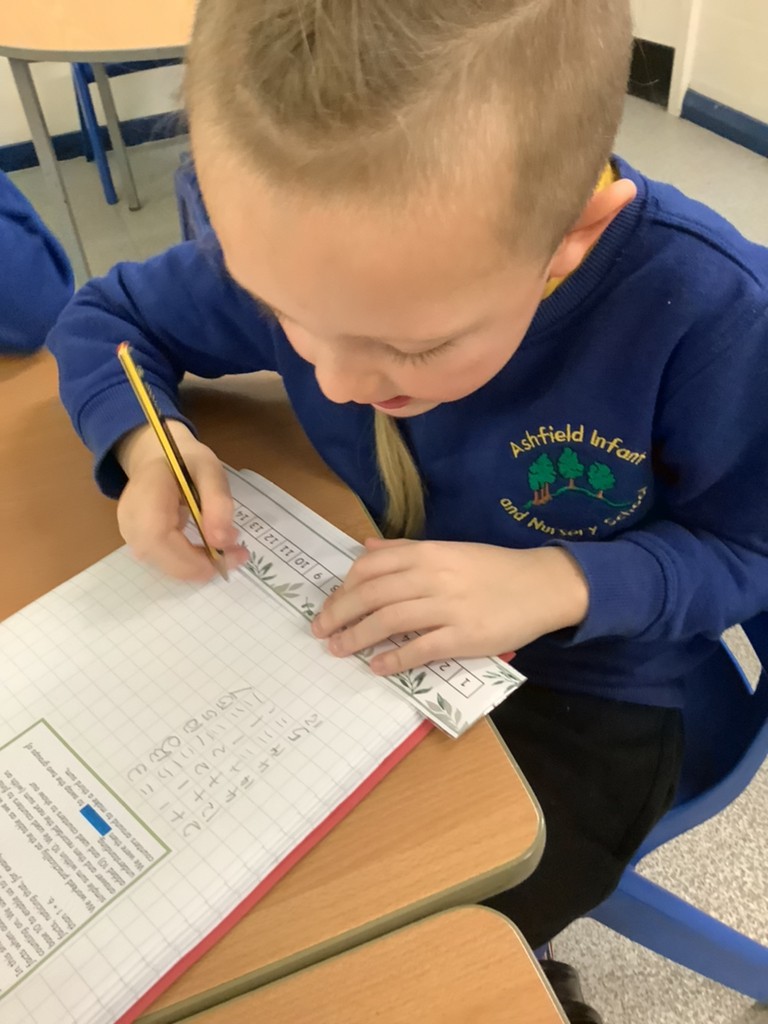
Geometry
In Year One, children are taught to recognise and name common 2D and 3D shapes.
In Year Two, they learn to recognise and name a wider range of 2D and 3D shapes and to talk about their properties and features.
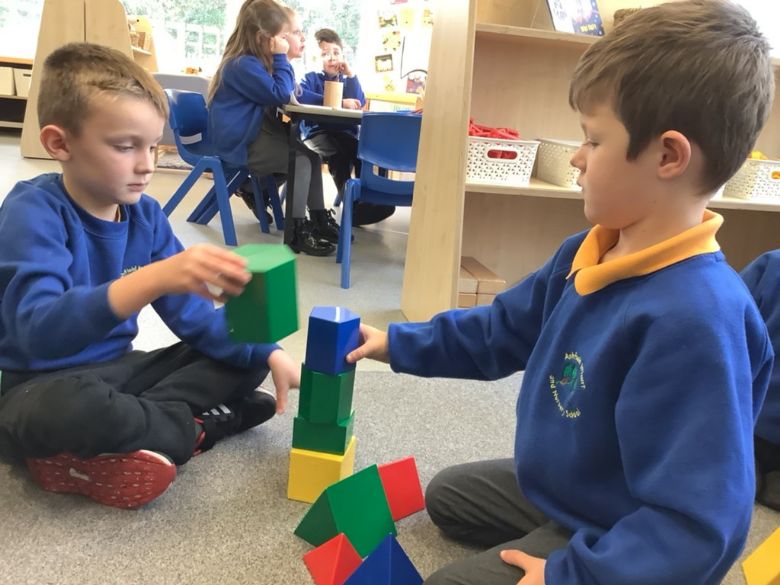
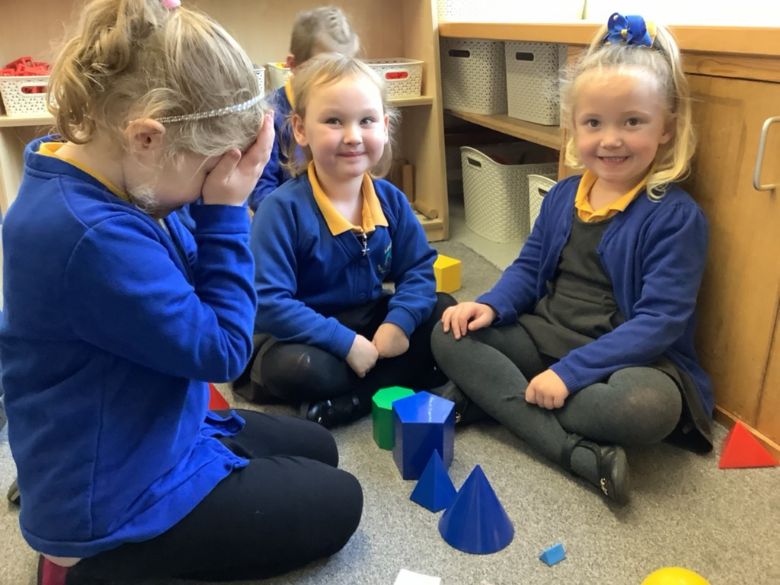


Fractions
In Year One, children are taught to:-
- Recognise, find and name a half as one of two equal parts of an object, shape or quantity
- Recognise, find and name a quarter as one of four equal parts of an object, shape or quantity
In Year Two, children are taught to:-
- Recognise, find, name and write fractions 1/3, 1/4, 2/4 and 3/4 of a length, shape, set of objects or quantity
- Write simple fractions and recognise the equivalence of fractions
Measurement
In Year One, children compare the length and height of objects using terms such as longer/longest and shorter/shortest. They use non-standard units to measure them. They compare the mass and weight of objects and measure capacity using containers using appropriate vocabulary such as full, half-full, empty, more than and less than.
In Year Two, children move on to using standard units to estimate and measure length/height, mass, temperature and volume/capacity to the nearest appropriate unit.


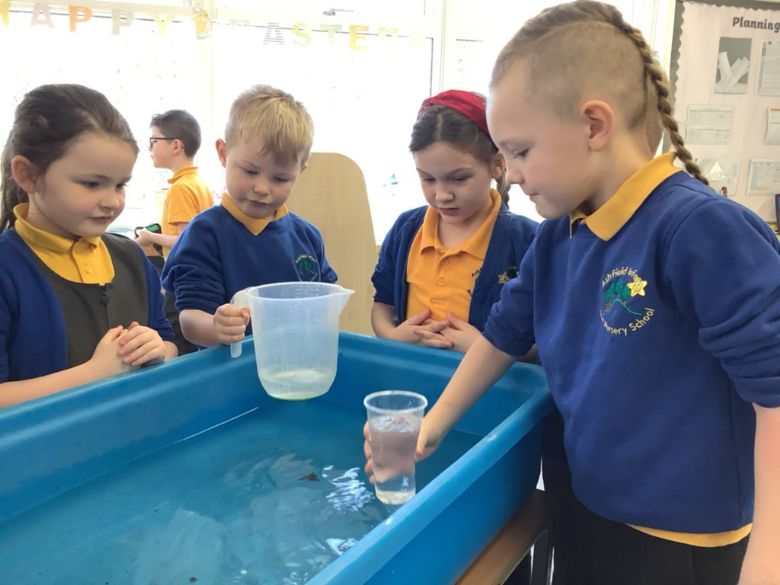
Time
In Year One, children sequence events in chronological order using language. They recognise and use language related to dates, including the days of the week, weeks, months and years. They are taught to tell the time to the hour and half past the hour and draw the hands on a clock face to show these times.
In Year Two, children compare and sequence intervals of time. They tell and write the time to five minutes, including quarter past/to the hour, and draw the hands on a clock face to show these times. They learn the number of minutes in an hour and the number of hours in a day.
Money
In Year One, 'real life' experiences are built on through role-play and practical experiences. They learn to recognise and know the value of different denominations of coins and notes.
In Year Two, children are taught to recognise and use symbols for pounds nad pence. They combine amounts to make a particular value and find different amounts of coins that equal the same amounts of money.
